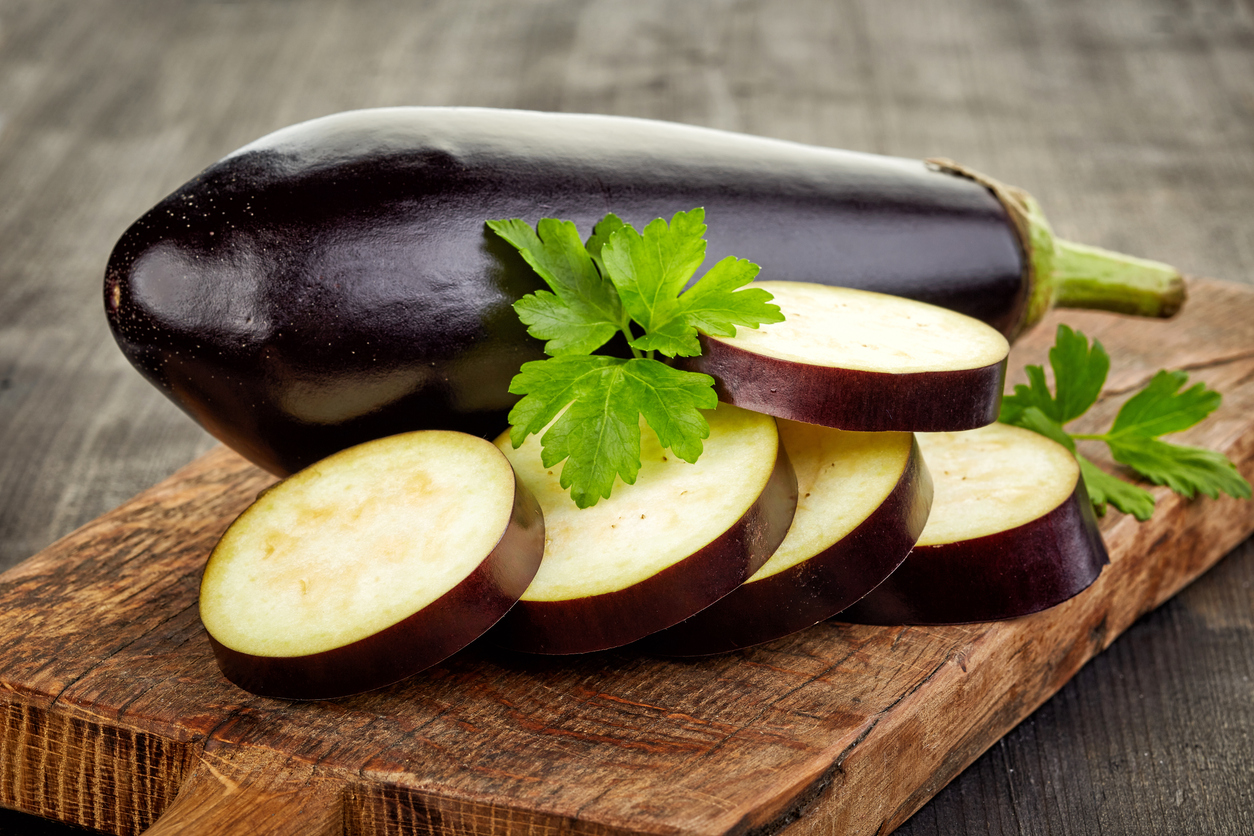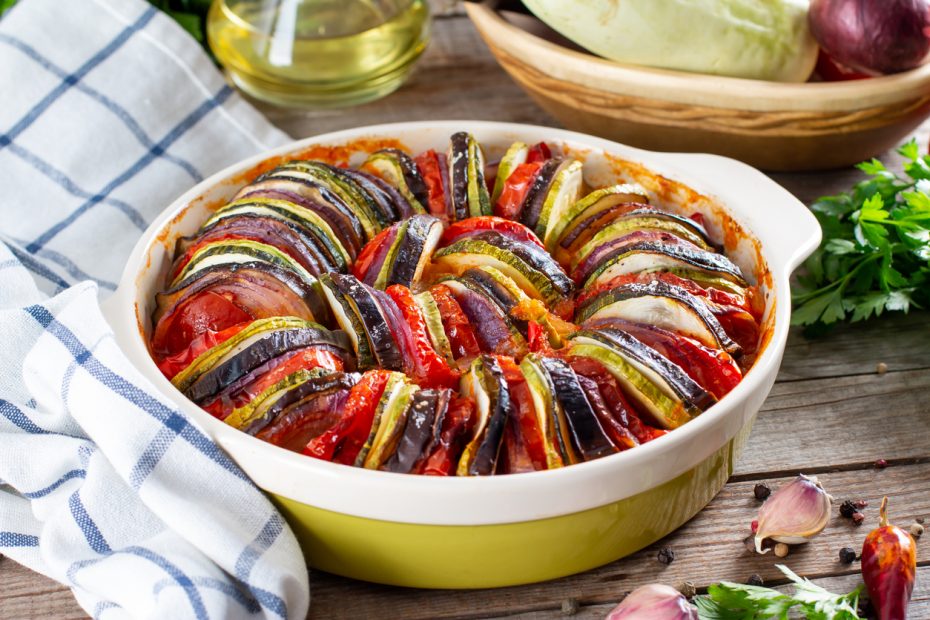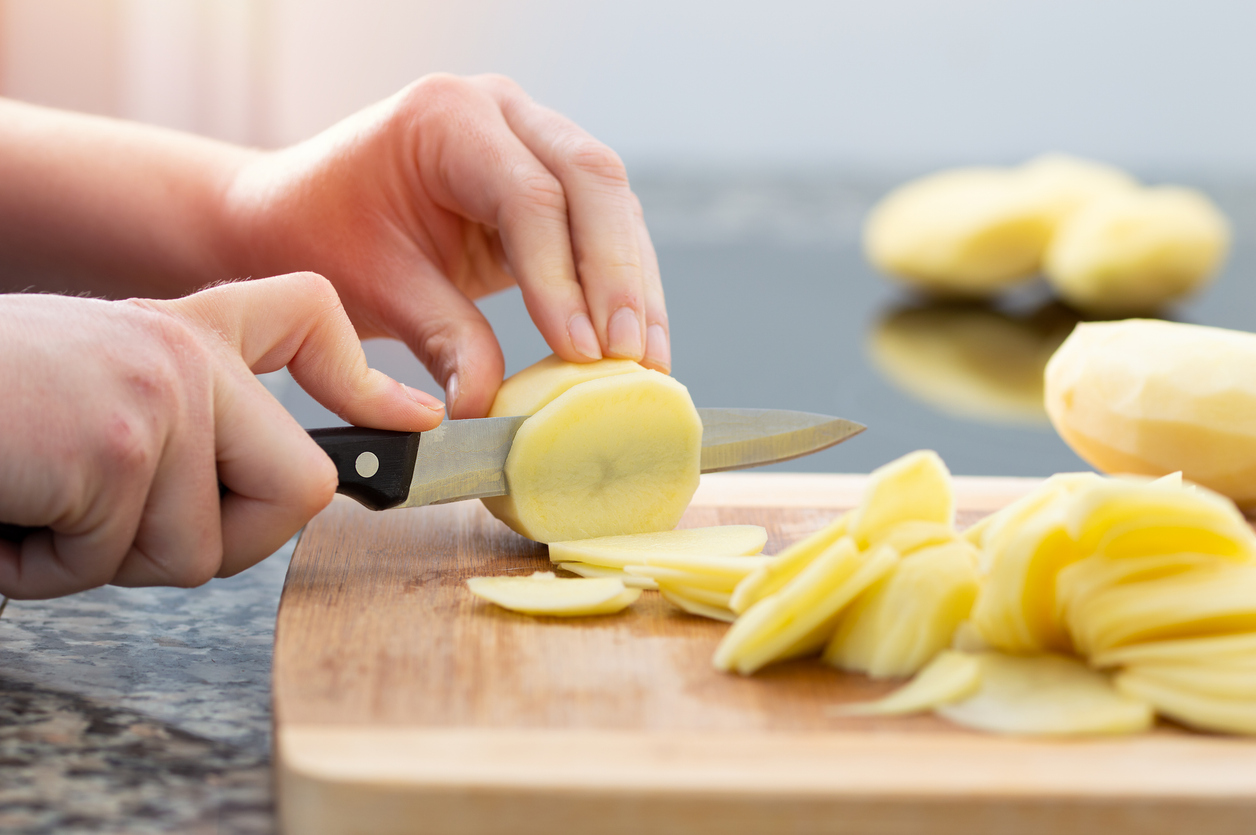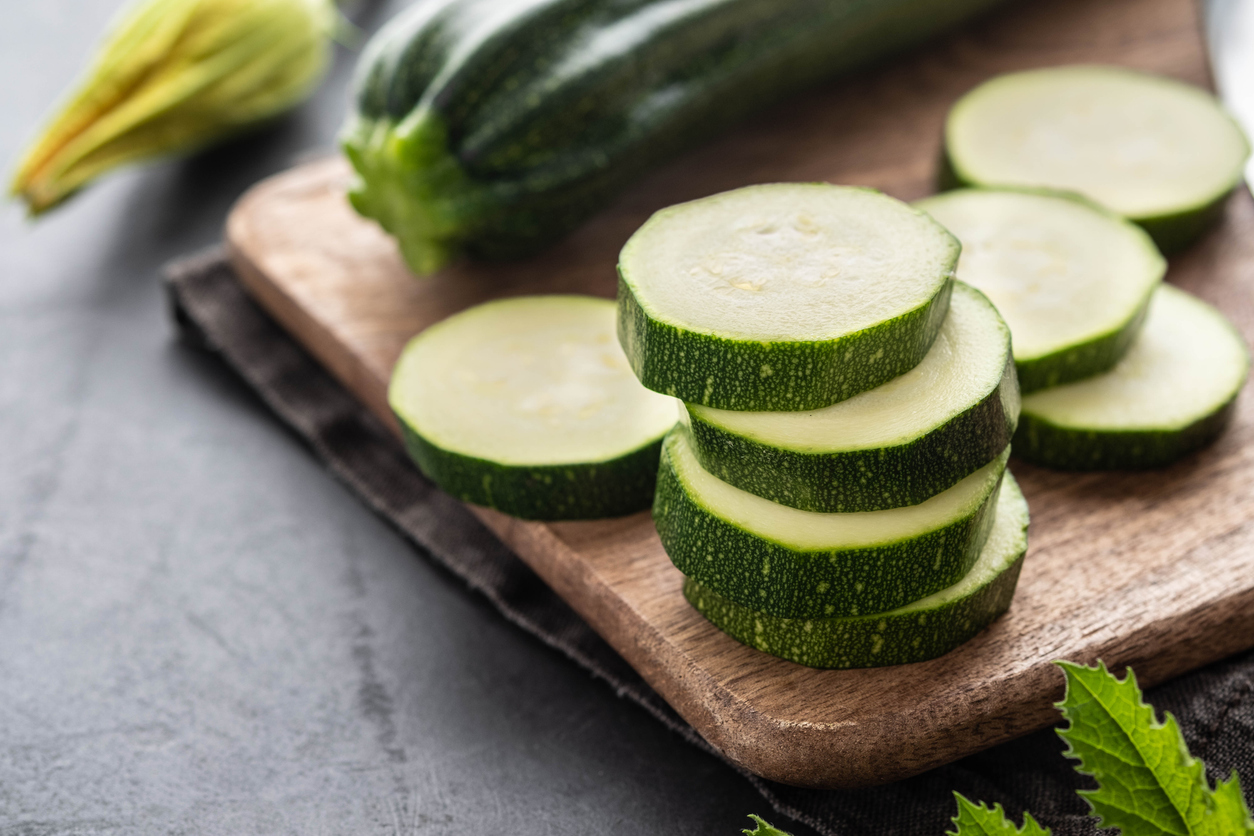Unveiling the Rich History of Greek Briam
Briam, a cornerstone of Greek cuisine, boasts a rich history that’s as flavorful as the dish itself. This traditional vegetable medley has graced Greek tables for generations, embodying the essence of Mediterranean diet recipes. Originating from rural Greece, briam showcases the abundance of fresh produce and the ingenious ways Greek cooks transformed simple ingredients into nourishing meals.
At the heart of briam lies extra virgin Greek olive oil, a testament to the country’s long-standing olive cultivation tradition. This golden elixir not only enhances the dish’s flavor but also connects it to Greece’s ancient past, where olive trees were revered as gifts from the gods.
As one of the most beloved plant-based Greek main courses, briam reflects the country’s cultural emphasis on vegetable-centric meals. Its popularity has endured through centuries, adapting to regional variations while maintaining its core identity. Today, briam stands as a prime example of how plant-based Greek recipes can be both satisfying and nutritionally rich.
Essential Ingredients That Make Greek Briam a Mediterranean Masterpiece
Greek Briam is a mouthwatering vegetable medley that showcases the best of Mediterranean cuisine. This hearty dish primarily features eggplant, zucchini, peppers, onions, potatoes, and tomatoes, all harmoniously combined with aromatic herbs, garlic and olive oil. While the specific main ingredients may vary slightly depending on regional preferences, these core vegetables form the foundation of this beloved Greek staple.
Traditionally, Greek briam is baked in the oven, allowing the vegetables to slowly roast and meld together, creating a rich, caramelized flavor profile.
Briam promises a satisfying and nutritious meal that captures the essence of Greek culinary tradition.
Why Briam is the Perfect Mediterranean Diet Recipe
Briam stands out as the quintessential Mediterranean diet recipe, offering a perfect blend of flavor and nutrition. This heart-healthy dish is packed with an array of colorful vegetables, providing a wealth of plant-based nutrients essential for optimal health. The combination of olive oil, garlic, tomatoes, and herbs not only creates a delicious taste profile but also delivers powerful antioxidants that combat inflammation and support overall well-being.
What makes Briam truly exceptional is its versatility in promoting weight management. Low in calories yet high in fiber, this satisfying dish helps you feel full and satisfied without overindulging. The slow-roasting process enhances the natural sweetness of the vegetables, eliminating the need for added sugars or unhealthy fats.
Step-by-Step Recipe: Create Your Own Mouthwatering Greek Briam
Creating your own delicious Briam is easier than you might think. Start by gathering your ingredients: eggplant, zucchini, peppers, potatoes, tomatoes, onions, garlic, olive oil, and a blend of Mediterranean herbs. The preparation is straightforward – simply slice your vegetables into uniform pieces to ensure even cooking.
Next, layer your vegetables in a large baking dish, alternating colors and textures for a visually appealing result. Drizzle generously with olive oil and sprinkle your herb mixture over the top. The cooking process is where the magic happens – a slow roast in the oven allows the flavors to meld beautifully, creating a harmonious dish bursting with Mediterranean goodness.
Once your Briam is golden and bubbling, it’s ready to serve. This versatile dish shines as a standalone vegetarian main or as a hearty side. For an extra touch, crumble some feta cheese over the top just before serving. Trust me, once you’ve mastered this recipe, it will become a staple in your culinary repertoire.
Tips & Tricks for Briam Perfection
Mastering the art of Briam requires attention to detail and a few insider tricks. First, perfect your vegetable slicing techniques; aim for uniform thickness to ensure even cooking. This not only enhances the dish’s appearance but also guarantees a consistent texture throughout.
Seasoning secrets can elevate your Briam from good to extraordinary. Experiment with herbs like oregano, thyme, and rosemary, and don’t shy away from a generous drizzle of high-quality olive oil. Remember, layering flavors is key to depth and complexity.
Cooking time adjustments are crucial for achieving the ideal balance between tender vegetables and a slightly crispy top. Keep an eye on your oven’s performance and adjust accordingly – a lower temperature for longer can yield wonderfully caramelized edges.
Finally, don’t let leftovers go to waste! Briam makes an excellent base for frittatas, can be blended into a hearty soup, or even used as a flavorful pizza topping. With these tips and tricks, you’ll be well on your way to Briam perfection that will impress even the most discerning palates.

sliced eggplant on wooden cutting board
You can experiment with a few of the briam recipes on my site, starting from this old classic version, one of my earliest. There’s a wonderful and aesthetically pleasing version of briam from a past season of My Greek Table that’s delicious, too. You might want to get playful and try making briam into a tart or baking it with eggs into a kind of frittata. Any which way, Greek briam will satisfy and nourish body and soul.








